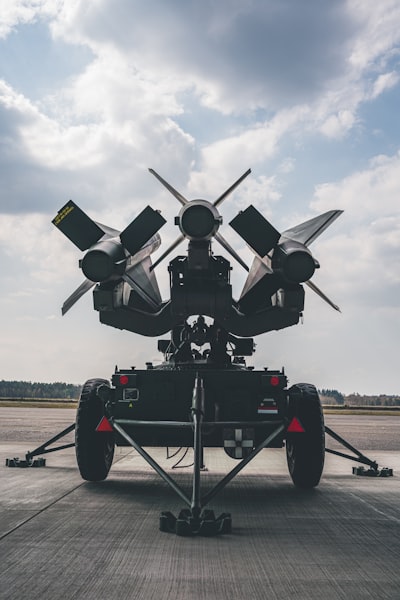Overview
Unmanned Aerial Vehicles (UAVs), commonly known as drones, are remotely piloted or autonomous aircraft used extensively in modern military operations. Initially developed for reconnaissance and surveillance, UAVs have evolved to perform a broad array of military functions, including targeted strikes, electronic warfare, and intelligence gathering. Their increasing role in conflicts—such as the ongoing Russia-Ukraine war—highlights the transformative impact of drone technology on contemporary warfare.
History and Development
The concept of remotely piloted aircraft dates back to World War I, but practical military UAVs emerged in the late 20th century. In the 1990s and 2000s, advancements in miniaturization, navigation systems, and communications accelerated the adoption of UAVs within armed forces globally. Major military UAV models include the American MQ-1 Predator, Turkish Bayraktar TB2, and Iran's Shahed series.
Types and Capabilities
Military UAVs are generally categorized by size, operational range, and capability:
- Reconnaissance Drones: Used for surveillance and intelligence.
- Combat Drones: Capable of delivering munitions to ground targets.
- Loitering Munitions (Kamikaze Drones): Designed to hover and strike targets directly.
- Logistics and Communication Drones: Used for supply drops or as communication relays.
Modern UAVs often integrate advanced sensors, radar, infrared cameras, GPS navigation, and sophisticated software for autonomous or semi-autonomous operation.
Role in Contemporary Conflicts
UAVs have significantly influenced recent conflicts, including in Syria, Nagorno-Karabakh, and Ukraine. The Russia-Ukraine war has seen both sides deploying large quantities of reconnaissance and combat drones, resulting in increased targeting precision, enhanced situational awareness, and the imposition of heavy costs on enemy infrastructure and personnel. UAVs have also introduced new battlefield security challenges, requiring robust air defense systems capable of detecting and intercepting large swarms of drones.
Advantages and Limitations
Advantages
- Reduced Risk to Personnel: UAVs can be operated remotely, minimizing danger to military personnel.
- Cost Effectiveness: Many small drones are cheaper to produce than traditional manned aircraft.
- Persistence: Drones can loiter over battlefields for extended periods.
Limitations
- Vulnerability to Electronic Warfare: Jamming and hacking threaten drone effectiveness.
- Civilian Risk: The use of autonomous lethal force raises legal and ethical concerns.
- Dependence on Advanced Technology: Logistics, secure communications, and maintenance are essential.
Legal and Ethical Considerations
The proliferation of military UAVs has spawned debates regarding international law, civilian protection, accountability, and norms governing autonomous weapons systems. International organizations urge clear regulations to prevent misuse and ensure compliance with humanitarian law.
Conclusion
Unmanned Aerial Vehicles have become a central component of 21st-century military strategy, reshaping tactics, logistics, and the dynamics of conflict. As drone technology continues to evolve, militaries and policy makers face new challenges in regulation, defense, and integration into broader security frameworks.

Comments
No comments yet. Be the first to comment!